The Top 6 ETL Tools in 2023
- John Morrell
- June 4, 2021

The ETL tools market is not just surviving, it’s thriving! Back in 2019, it was valued at $8.5 billion and projected to reach $22.3 billion by 2027. Fast forward to 2023, and we’re well on track, with a steady CAGR of 13.9%. This market has come a long way since pioneers like Informatica set up shop in 1993.
As we navigate through 2023, several trends are fueling growth in the ETL market:
- Cloud: The popularity of cloud platforms and data warehouses is skyrocketing, driving robust growth in the cloud data integration segment.
- ELT: Thanks to affordable compute resources in cloud data warehouses, we’re seeing a new data integration model — Extract, Load, and Transform.
- Speed and simplicity: With data engineering resources stretched thin, new tools aim to enable less technical staff to create data pipelines with wizard-driven simplicity.
These trends have led to a meta-trend in the ETL market — the disintegration and specialization of tools in the data integration stack. You can still opt for a complete end-to-end ETL data integration platform like Informatica or Talend, but these tools can be complex and are often geared towards highly technical and experienced ETL developers.
In most modern data stacks centered around cloud data warehouses, the ELT data integration model has introduced two distinct and focused tools:
- “EL” tools like Fivetran and Matillion that simplify moving data from various sources into your cloud data warehouse.
- Data transformation and modeling tools like Datameer that perform the “T” in your ELT directly in your cloud data warehouse.
Let’s take a closer look at the top 5 vendors in the ETL/ELT data integration market in 2023.
What Comes with My Cloud?
The three major cloud platforms offer their own ETL tools: AWS Glue, Azure Data Factory, and Google Cloud Data Fusion. Each has its unique features, but all three have limited functionality when it comes to data pipeline definition. They often force users to write ETL code and have gaps in enterprise security and governance. They also struggle to bridge on-premises and cloud data sources. A recent GigaOm white paper outlined these functionality gaps and recommended using third-party tools.
Data Transformation ETL Tool Leaders
Datameer

Datameer focuses on the “T” — transformation — in your ELT stack. Datameer SaaS Data Transformation is the industry’s first collaborative, multi-persona data transformation platform integrated into Snowflake. It brings together your entire team — data engineers, analytics engineers, analysts, and data scientists — on a single platform to collaboratively transform and model data. With Datameer, you can:
- Enable non-technical team members to work with complex data without writing code.
- Collaborate to build data models and data transformation flows.
- Enrich analytics datasets using a diverse array of graphical formulas and functions.
- Generate rich documentation and share searchable knowledge about your data across the entire analytics community.
- Maintain full audit trails of data transformation and usage.
- Deploy and execute data transformation models directly in Snowflake to manage large data volumes while keeping costs low.
“EL” Data Integration Tool Leaders
Hevo Data
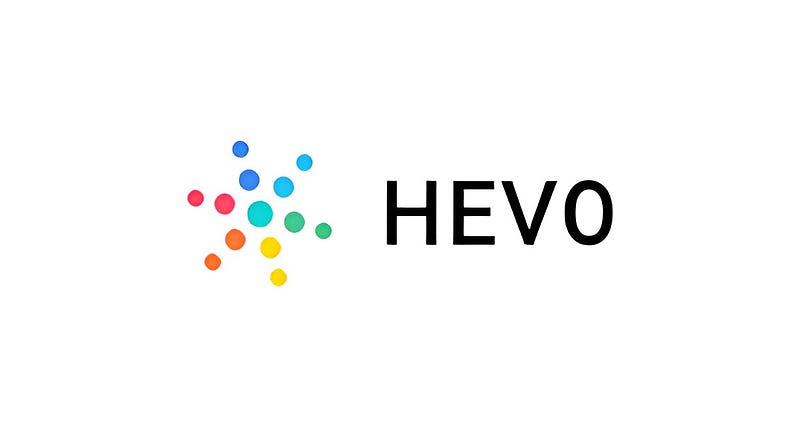
Hevo Data, a No-code Data Pipeline, assists in moving data from 100+ sources to your desired data warehouse/destination and visualizing it in a BI tool. Hevo automates the process of loading data, enriching it, and transforming it into an analysis-ready format without the need for you to write a single line of code. Its fault-tolerant architecture ensures that data is handled securely and consistently, with no data loss.
Fivetran
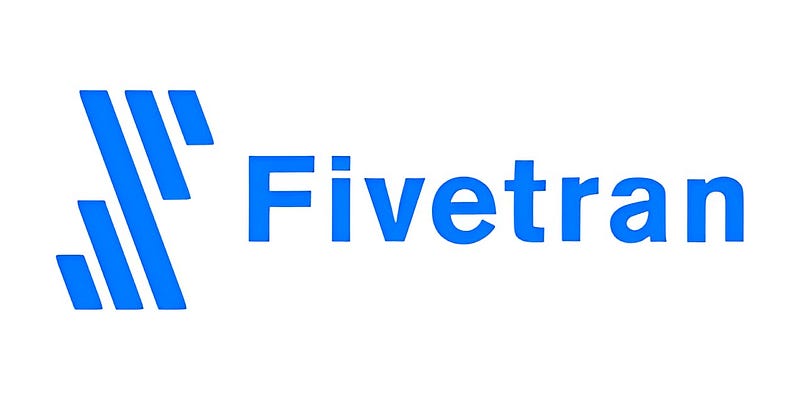
Fivetran is a cloud-based ELT data integration platform that offers a simple, reliable way to replicate and synchronize data into your cloud data warehouse (CDW). It lets you set up “connections” between your data sources — primarily SaaS applications, cloud services, and cloud databases — and your cloud data warehouse. However, transformation capabilities require SQL coding or using an add-on open-source package called dbt.
Matillion
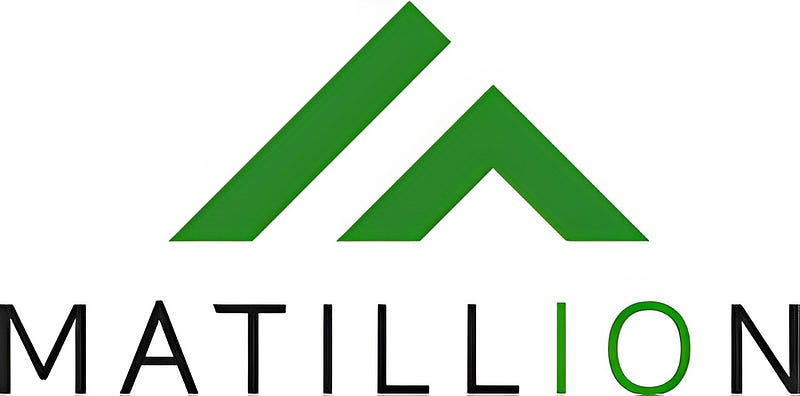
Matillion is one of the younger, cloud-based ETL solutions on the market. It consists of three components: the underlying platform, a graphical data orchestration tool, and a management tool. Matillion does not have a storage and execution engine, and all data processed in a data flow is stored in its intermediate form in your cloud data warehouse tables.
End-to-End Data Integration ETL Tool Leaders
Informatica
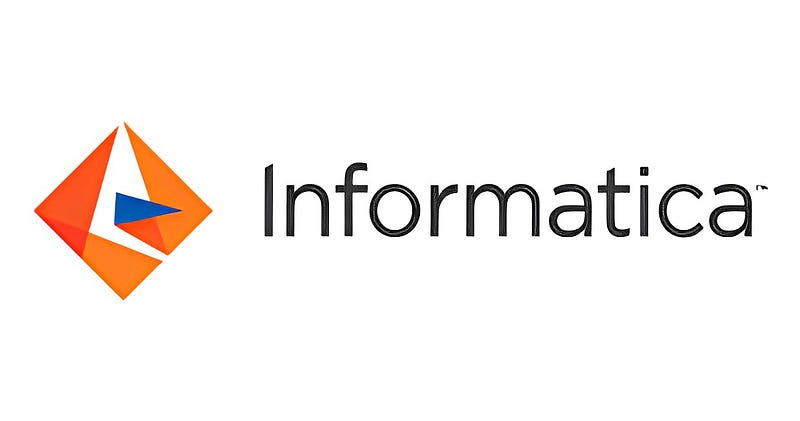
Informatica offers an end-to-end data integration platform that has an extensive set of capabilities. Informatica’s legacy data integration product — PowerCenter — was designed and optimized for on-premises deployments. Only recently (in 2018) did Informatica move their data integration products to the cloud in both their own — Informatica Cloud — and on public clouds (AWS, Azure, and GCP). Many of Informatica’s enterprise features listed above are only available as add-ons or separate products.
Talend
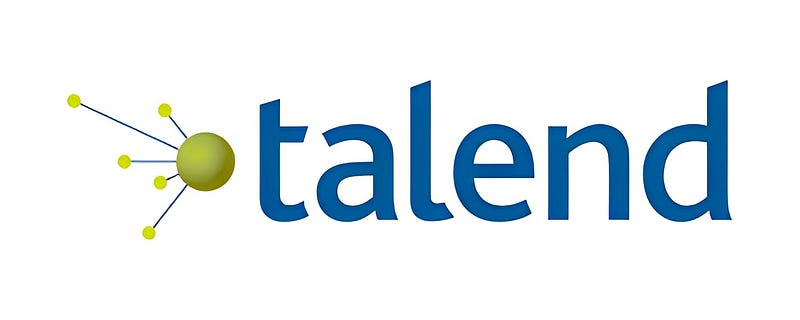
Talend offers a comprehensive integration platform covering a full range of integration scenarios. Talend roots are in an open-source data integration platform. On the data integration side, they offer a core data integration platform (on-premises or in the cloud), a specialized data replication product for the cloud — Stitch — and related products for data cataloging, data preparation, and data stewardship.
What’s Next
For many, building a modern data stack around their cloud data warehouse is the highest priority for their data and analytics teams. A modern data stack will deliver the speed and agility they require while also helping to reduce their rapidly escalating data engineering costs.
For you, the next steps are to evaluate two types of tools: “EL” tools for moving your data into the cloud data warehouse, and data transformation and modeling tools for transforming data directly in your cloud data warehouse to put it in final analytics form.
Are you interested in learning more about Datameer and how it can deliver agility and collaboration for the “T” in your modern ELT data stack? Please visit our website or Sign up for your free trial today!


